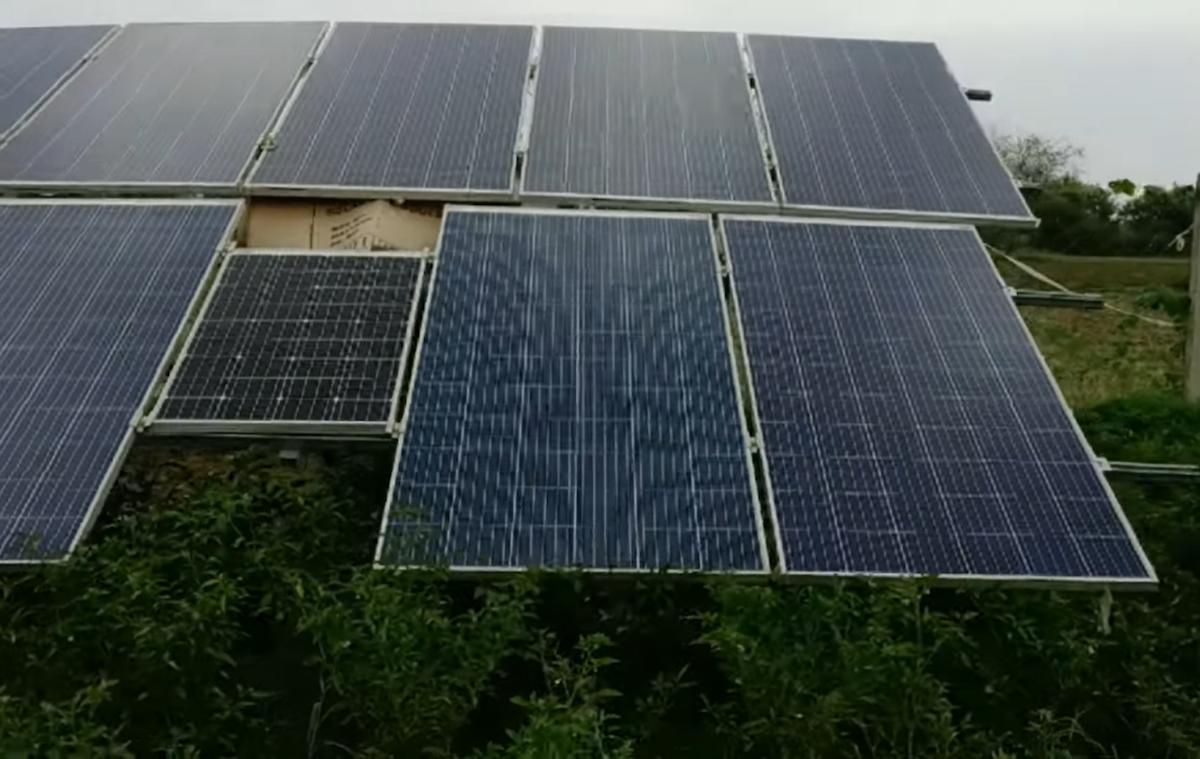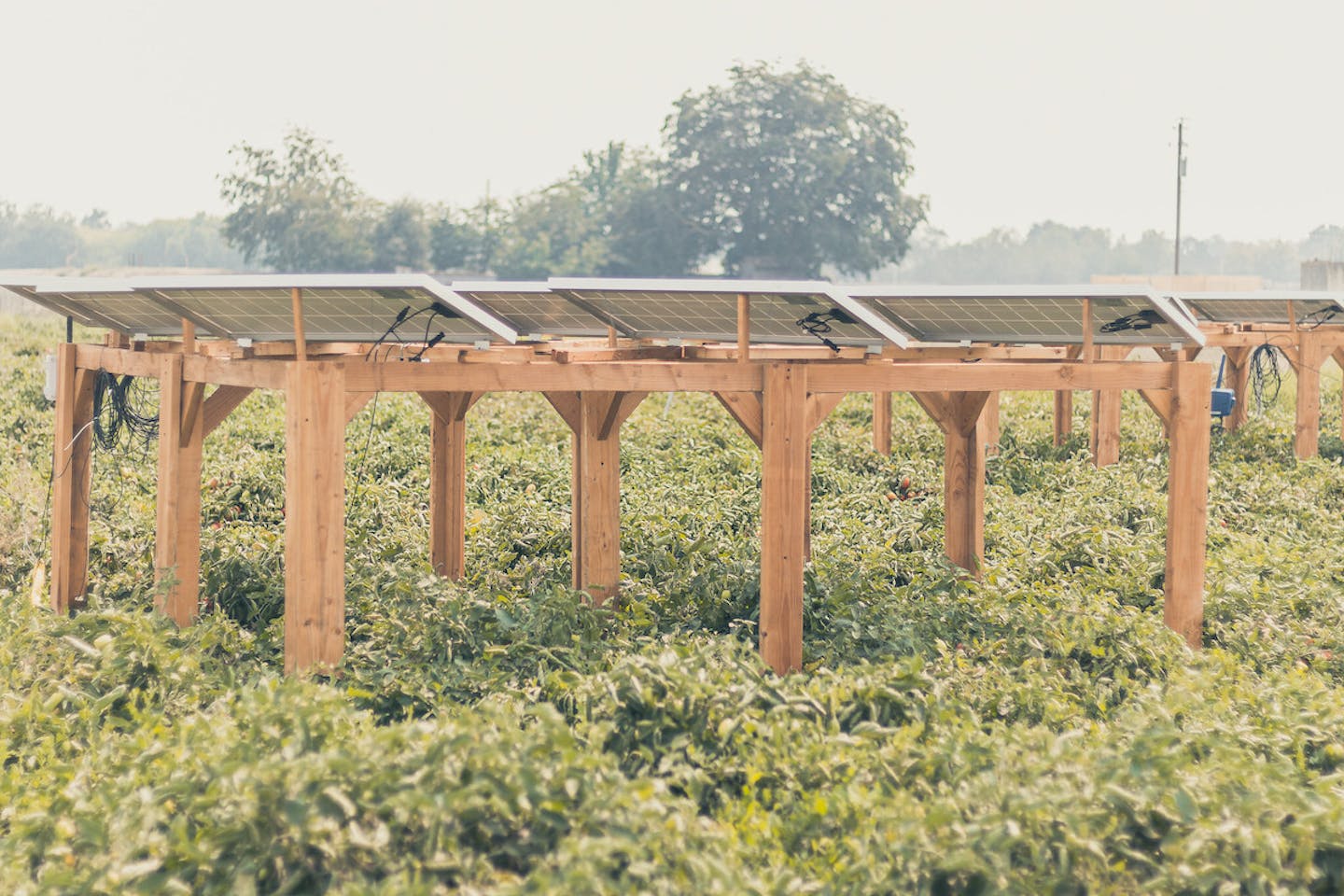A town in India is using solar panels to protect crops
The locals of Sitapur, a town in northern India, reported significant drops in crop yields in recent years. "Hotter temperatures have damaged our crops and increased weeds, pests, and fungi. This has affected our income and elevated food prices during winter months," said Richa Shah, a farmer from Sitapur.
In search of possible solutions, word reached the community about a project in a neighboring region. Some 970 km away, in the cities of Jodhpur and Bhuj, the Central Arid Zone Research Institute (CAZRI) launched a project called “agrivoltaics,” which helps arid communities adapt to increasingly dry conditions. Inspired by this project, the farmers of Sitapur decided to give it a try.
Essentially, agrivoltaics is a combination of solar panels and agricultural land. The panels give shade to the plants, and as a result, they lose less water due to transpiration. In turn, farmers get the extra solar enerfy to put back into their farms.

Image credit: Courtesy of Ishita Yadav
In early 2021, the community started to implement agrivoltaics. Eager to reap similar benefits as they heard from Jodhpur, locals began to create small-scale agrivoltaics systems with savings from the rural government subsidies.
Rishi Singh, a local sustenance farmer from Sitapur, began cultivating wheat crops in the shade after installing the solar panels in the agrivoltaics framework. The grid also generated enough electricity to power three-night lamps on his farm. Since implementing the new system, Singh’s farm saw an increase of seven wheat tillers per square meter from under the solar panels than in the rest of the field.
Technology may offer a potential solution to India's current water crisis. Over the past decade, climate change has taken a devastating toll on India’s domestic agriculture sector. Between 2017 and 2019, the country lost around 18 million hectares to extreme weather, according to a government report. The number of days with heavy rains has increased, but longer dry spells stretch out in between. The sure and steady rains are less common, leading to a significant fall in soil moisture.
In agrivoltaics, the water used for cleaning the solar panels can be reused to water the crops growing below the solar panel area. Currently, prototypes are being developed with in-built water harvesting systems, and many experts in food and energy are excited about the possibilities.
The original pilot project by CAZRI was rolled out in two locations. There is a one-acre, 105 kWp system with a rainwater harvesting tank at CAZRI in Jodhpur and a 25 kWp system at the organization’s regional research station at Bhuj. A 41% increase in land productivity in arid regions has proven the pilot successful. Currently, the program is being replicated in the northern states of Gujarat, Delhi, Madhya Pradesh, and Bihar.
While the locals of Sitapur are happy with their results, they believe that scaling the project to produce tangible benefits will require substantial monetary and technical support. "With government support, we may be able to improve the situation, but investing in such projects through personal finance simply isn't possible for all of us," explained Kavya, Rishi Singh's wife.
The promotion of food security has also been a top priority in India. According to the United Nations, nearly 195 million people and roughly 43% of children are chronically malnourished in India. This has resulted in high demand for irrigated lands resulting in more water extraction from the country’s already rapidly depleting water table and energy for pumping water from the ground.
Perhaps agrivoltaics can be the sustainable solution for India’s multiple growing concerns.



